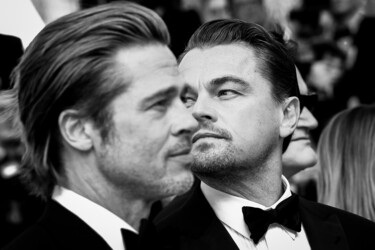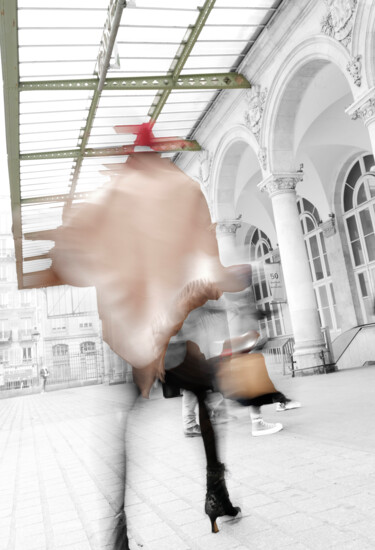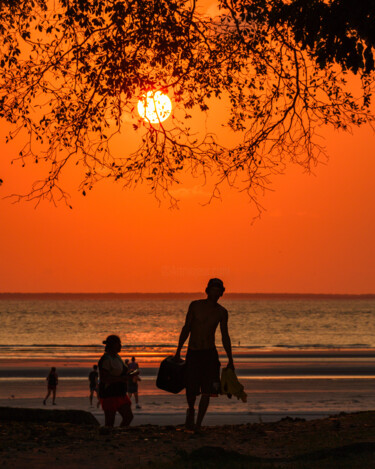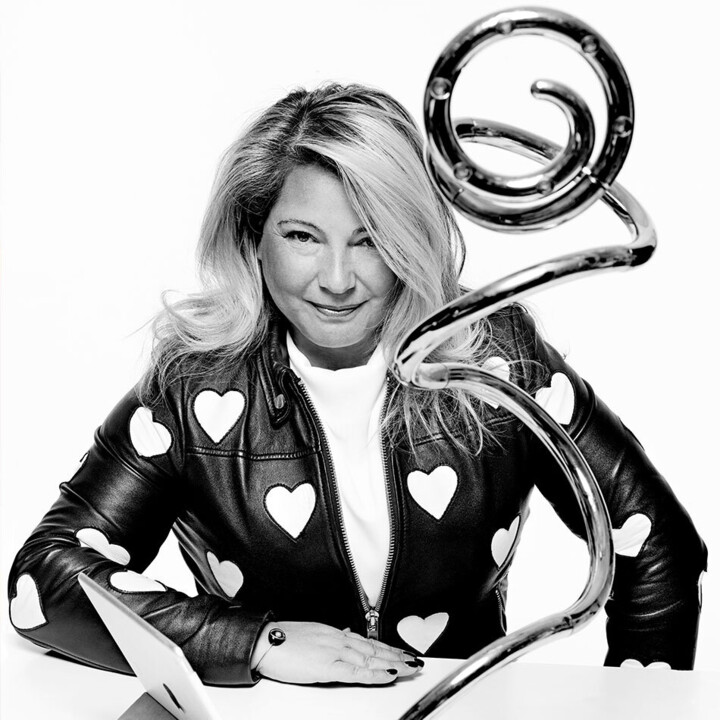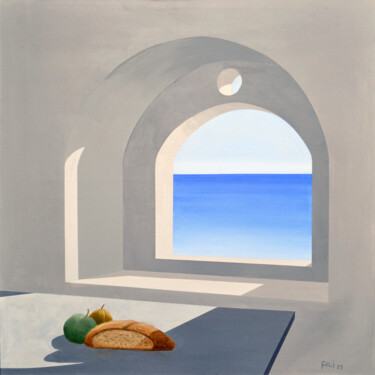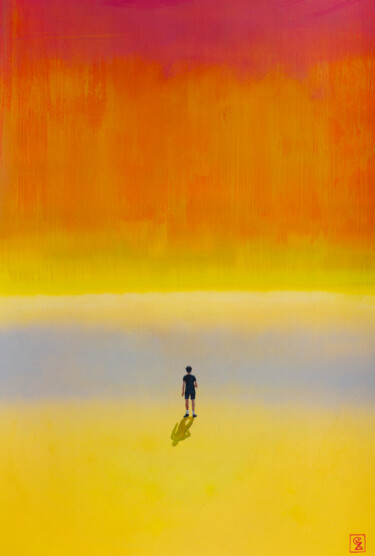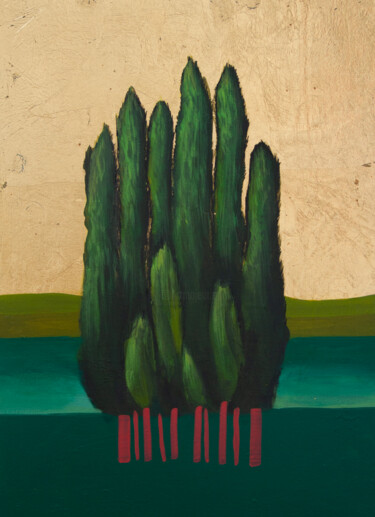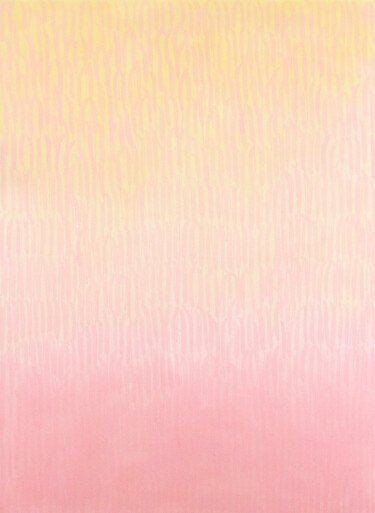SELECCIONES DE EXPERTOS
SELECCIONES CURADAS DE OBRAS DE ARTE POR RECONOCIDOS EXPERTOS EN EL MUNDO DEL ARTE CONTEMPORÁNEO.
JÉRÔME PANTALACCI
LA CREENCIA POR LA IMAGEN
Una mirada fotográfica
La fotografía desde su creación ha llevado en ella la validación de la credulidad del espectador. Ha sido percibida inmediatamente como un reflejo fiel de lo real. Lo que nunca ha sido. Los fotógrafos nunca se han limitado a esta fidelidad, y han tomado la cámara para ofrecer otra mirada sobre el mundo y jugar con nuestros sentidos perceptivos.
A la hora en que lo digital y la inteligencia artificial permiten todas las manipulaciones, y donde la imagen es constantemente cuestionada, mientras que la fotografía ha perdido toda validación de credulidad y el espectador ya no cree lo que ve, algunos fotógrafos continúan jugando con la cámara, con el encuadre, con el punto de vista mono-focal, para producir imágenes que nos llevan a mirar el mundo de otra manera.
Prestar una nueva atención al mundo, solo acercarse a lo real o cambiar su punto de vista es un descanso para el ojo en un mundo sumergido en imágenes inválidas que nos hacen perder nuestra creencia en la realidad.
Una mirada fotográfica
La fotografía desde su creación ha llevado en ella la validación de la credulidad del espectador. Ha sido percibida inmediatamente como un reflejo fiel de lo real. Lo que nunca ha sido. Los fotógrafos nunca se han limitado a esta fidelidad, y han tomado la cámara para ofrecer otra mirada sobre el mundo y jugar con nuestros sentidos perceptivos.
A la hora en que lo digital y la inteligencia artificial permiten todas las manipulaciones, y donde la imagen es constantemente cuestionada, mientras que la fotografía ha perdido toda validación de credulidad y el espectador ya no cree lo que ve, algunos fotógrafos continúan jugando con la cámara, con el encuadre, con el punto de vista mono-focal, para producir imágenes que nos llevan a mirar el mundo de otra manera.
Prestar una nueva atención al mundo, solo acercarse a lo real o cambiar su punto de vista es un descanso para el ojo en un mundo sumergido en imágenes inválidas que nos hacen perder nuestra creencia en la realidad.
MARC DONNADIEU
IMÁGENES DE FAMILIA (EL VERANO INDIO)
Una excursión fotográfica
Esta excursión fotográfica se enfoca en el periodo estival, momento en el que se abandona lo ordinario del cotidiano para vivir de manera diferente este tiempo de vacaciones. Permite así capturar con delicadeza nuevos relatos familiares, al igual que las imágenes de Hicham Ahyoud, Hervé Gergaud o Anne-Marie Bertin.
El tiempo del viaje se descompone y se recompone por excelencia en fragmentos visuales. Las obras de Henry Pouillon, Jean-Michel Ratron y Catherine Ballet son la ilustración perfecta a través de efectos de contraste, deformación o superposición.
Para muchos, la playa es el territorio emblemático de las vacaciones. Nos encontramos numerosos allí mientras nos aislamos de los demás. Las fotografías de Cécile Ducrot, Emmanuel Passeleu y Hégémon Chaignon restituyen así la fragilidad humana frente a la inmensidad del horizonte marino. Pero también es una conquista de la verticalidad, como lo atestiguan Gilliard Bressan y Sharlie Evans. Nos medimos a los demás como nos abrazamos a dos a través de figuras casi aéreas.
La fotografía es también un asunto de colores y de grafismo, así como lo afirman las puestas de sol melancólicas de Ori Junior, Debbie Scott-Queenin o Elke Matthaeus.
Luc Pallegoix inscribe finalmente, en el corazón de las noches de verano, figuras totémicas animales que son tanto juego como sueño. ¿Y si jugáramos en verano?...
Una excursión fotográfica
Esta excursión fotográfica se enfoca en el periodo estival, momento en el que se abandona lo ordinario del cotidiano para vivir de manera diferente este tiempo de vacaciones. Permite así capturar con delicadeza nuevos relatos familiares, al igual que las imágenes de Hicham Ahyoud, Hervé Gergaud o Anne-Marie Bertin.
El tiempo del viaje se descompone y se recompone por excelencia en fragmentos visuales. Las obras de Henry Pouillon, Jean-Michel Ratron y Catherine Ballet son la ilustración perfecta a través de efectos de contraste, deformación o superposición.
Para muchos, la playa es el territorio emblemático de las vacaciones. Nos encontramos numerosos allí mientras nos aislamos de los demás. Las fotografías de Cécile Ducrot, Emmanuel Passeleu y Hégémon Chaignon restituyen así la fragilidad humana frente a la inmensidad del horizonte marino. Pero también es una conquista de la verticalidad, como lo atestiguan Gilliard Bressan y Sharlie Evans. Nos medimos a los demás como nos abrazamos a dos a través de figuras casi aéreas.
La fotografía es también un asunto de colores y de grafismo, así como lo afirman las puestas de sol melancólicas de Ori Junior, Debbie Scott-Queenin o Elke Matthaeus.
Luc Pallegoix inscribe finalmente, en el corazón de las noches de verano, figuras totémicas animales que son tanto juego como sueño. ¿Y si jugáramos en verano?...
LAURENCE DREYFUS
RIVIERA
Entre destellos de sol, atmósferas delicadas e instantes suspendidos, cada creación — ya sea figurativa como Reflexión felina de Fabienne Choyau o más poética como Carotte sauvage, rouge de François Cusson — convoca a un viaje a la vez visual y emocional, profundamente único.
Riviera rinde homenaje a la riqueza cultural y a la diversidad artística que modelan este territorio de excepción, donde materia, luz y aliento mediterráneo se unen para componer una sinfonía visual de una rareza intensidad.
Entre destellos de sol, atmósferas delicadas e instantes suspendidos, cada creación — ya sea figurativa como Reflexión felina de Fabienne Choyau o más poética como Carotte sauvage, rouge de François Cusson — convoca a un viaje a la vez visual y emocional, profundamente único.
Riviera rinde homenaje a la riqueza cultural y a la diversidad artística que modelan este territorio de excepción, donde materia, luz y aliento mediterráneo se unen para componer una sinfonía visual de una rareza intensidad.
SONIA PERRIN
THE FOREST OF DREAMS
Their testimony, in the selection offered here, highlights the beauty and richness of the living world through works that question the place of Man in his community. Networks or roots, branches or social fabrics, Man, just like the tree, flourishes within a living and global organization.
This link is not lost on artists who, in their representation of the plant world, denounce the imprint of Man on his environment, and encourage us to become aware of the vital nature that we have to modify our being-in-the-world.
SONIA PERRIN
COUPS DE ❤️ ART-O-RAMA
THE DRAWER
RAINBOW PORTRAITS
STARTER
ARTYSANAT
By turns craftsmen, designers, photographers, sculptors, and sometimes all at once, the artists in this selection produce works that are veritable condensations of technicality, whether automated or manual. While they sometimes call on cutting-edge technologies such as artificial intelligence, they also revisit ancestral methods where calm and patience are de rigueur, the combination of these skills leading to a redefinition and new incarnation of aesthetic codes.
Is it still possible to distinguish the work of man from that of the machine?
This tour questions the role of the hand in contemporary production, whether by its absence when it is replaced by an algorithm, or by its obvious presence when the work reveals a commitment to the artist's gesture and body.
STARTER
IMAGINING THE INVISIBLE
THE DRAWER
THE ART OF BLURRING
STARTER
NEW PERSPECTIVES
Through their work, these artists convey values of inclusion, witness and respect for difference.
The selected works explore shifting identities in both discourse and form, illustrate dreams and inspirations, raise awareness of sexual and gender discrimination, challenge heteronormative and cisgender models, and above all reject injunctions to fit into boxes.
Through their work, these artists convey values of inclusion, witness and respect for difference.
The selected works explore shifting identities in both discourse and form, illustrate dreams and inspirations, raise awareness of sexual and gender discrimination, challenge heteronormative and cisgender models, and above all reject injunctions to fit into boxes.










